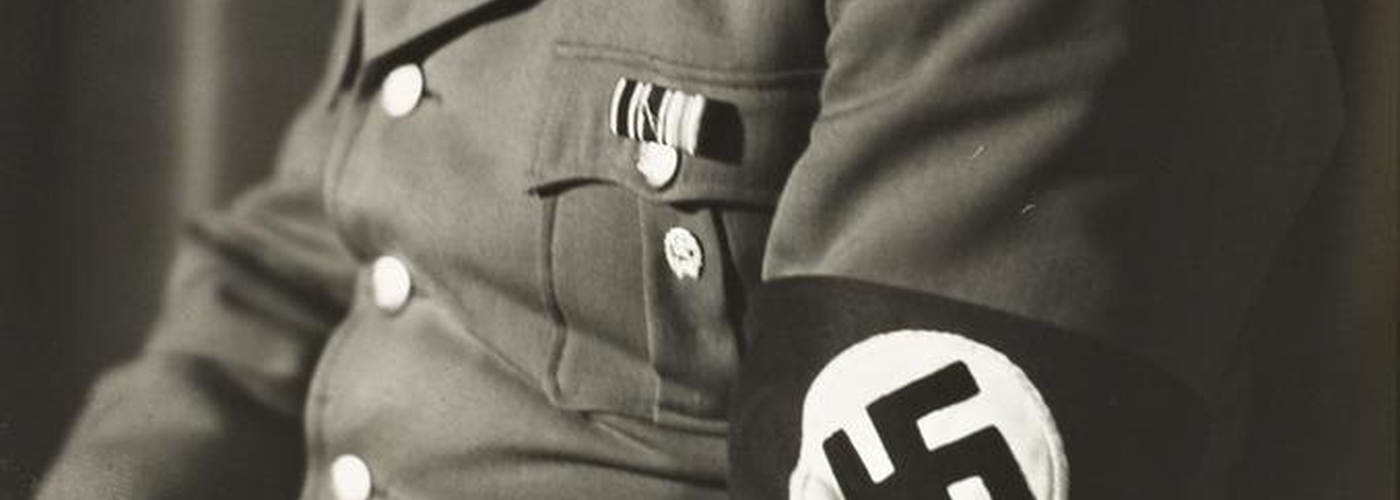'A time of radical extremes and political and economic upheaval'. Words: Damon Faircclough
TATE Liverpool says its big summer 2017 show will document “a time of radical extremes and political and economic upheaval”.
So that’s Britain right here, right now, yes?
In fact the gallery will be focusing its attention on inter-war Germany, when the Weimar Republic’s delicate democracy was under threat from every Tom, Dick and Adolf, and yet the arts experienced a period of explosive creativity.
Portraying a Nation: Germany 1919-1933 runs from 23 June until 15 October, bringing together two complementary exhibitions by artists who flourished in the simmering pre-apocalyptic conditions: the painter Otto Dix and photographer August Sander.
In a statement, Tate Liverpool says: “Otto Dix: The Evil Eye explores Dix’s harshly realistic depictions of German society and the brutality of war, while ARTIST ROOMS: August Sander presents photographs from Sander’s best known series People of the Twentieth Century, from the ARTIST ROOMS collection of international modern and contemporary art.”
%201927.jpg)

Featuring more than 300 paintings, drawings, prints and photographs, Portraying a Nation brings Dix and Sander together as a pair for the first time. Tate Liverpool visitors will have the opportunity to see some of Dix’s most vitriolic representations of German society while also viewing 140 of Sander’s photographic portraits from the period. According to the gallery, the images will create “a large-scale timeline of Weimar Germany, placing individual subjects against a backdrop of the era’s tumultuous cultural and political history".
Elsewhere in the gallery over summer, eyes will be raised to the heavens as an ambitious new work by Aleksandra Mir goes on display telling chapters from the story of space travel. Aleksandra Mir: Space Tapestry is a collaboration between Tate Liverpool and Modern Art Oxford, with both venues displaying different sections of the work simultaneously.
A Tate Liverpool statement says the piece is “inspired by the Bayeux Tapestry and the artists who depicted Halley’s Comet in 1066,” going on to describe it as “a large-scale hand-drawn monochrome wall hanging which forms an immersive environment,” and likening it to a graphic novel.

The Tate Liverpool portion of the work is called Space Tapestry: Faraway Missions, and will be on display from 23 June until 15 October. The complete piece measures 200 metres long and three metres high, and its creation has seen more than 25 young collaborators working together with Mir in her London studio – a three-year process involving around 3000 hours of intense marker-pen action.
For Mir, part of the mission has been to boldly take drawing where no pen has gone before.
“My objectives are to push drawing beyond the limits of the small-scale, manageable sheet of paper into a larger unruly reality; simultaneously a stage set, a choreographed dance and an improvisational performance act. I have worked on expanding this notion by bringing in other people to explore the potential of our tools, methods and relationship to each other.”
Ah… “unruly reality” you say?
Perhaps today’s Britain is at the heart of Tate Liverpool’s summer plans after all.
*Portraying a Nation: Germany 1919-1933 and Aleksandra Mir: Space Tapestry are at Tate Liverpool from 23 June until 15 October 2017.


















